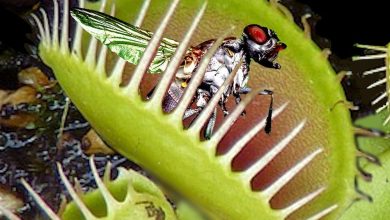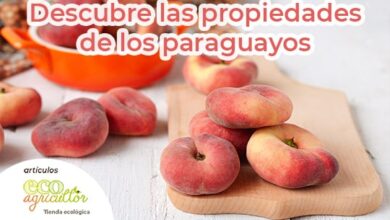Tomato Mosaic Virus: [Characteristics, Detection, Effects and Treatment]
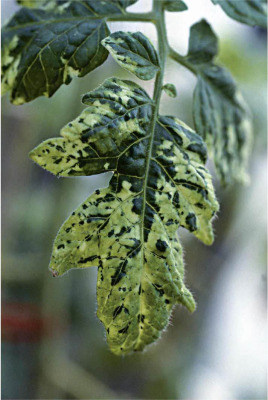
What is tomato mosaic virus?
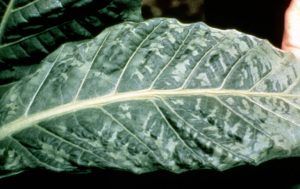 The Tobamovirus or tomato mosaic virus is a very powerful disease that attacks tomato plant crops, generating considerable economic losses if it is not stopped in time, because it ruins the fruits.
The Tobamovirus or tomato mosaic virus is a very powerful disease that attacks tomato plant crops, generating considerable economic losses if it is not stopped in time, because it ruins the fruits.
Tomato mosaic virus (ToMV) bears no resemblance to nutrient deficiency, so it must be confused.To date, several strains have been detected thanks to a mechanically transmitted vector. No specific natural vectors are known.
In fact, the virus can remain in the endosperm of the plant for about 9 years. That is why sanitizing measures for this delicate crop that is prone to being attacked by many bugs and diseases are extremely important.
It is a disease that has a fairly wide range of hosts, especially agricultural crops and weeds, which can function as a perfect inoculation source.
But fundamentally its spread is achieved by contact from a diseased plant to a healthy one, by the action of the wind and by manipulation of an operator with contaminated hands and clothing.
It is typical that the remains of a previous infected crop are transmitted to the machinery used in typical field work, transmitting the virus to healthy plants.It is easy, for example, for the roots of a new tomato plant to become contaminated by coming into contact with debris from a previous infected planting.
Another way of transmitting the disease occurs thanks to the intervention of chewing insects, which contribute to spreading the virus, although to a lesser degree.Similarly, infected seeds are safe carriers of the virus, but the most important threat is when plants are transplanted.
How can we identify it?
To recognize the presence of the tomato mosaic virus, it is necessary to know how to identify a series of symptoms that affect the diseased plant. Let’s see.
- The leaf tissue shows a light to darker green stripe or mosaic, as well as chlorotic mottling, necrosis, upward rolling of the leaves and the appearance of streaks on the stems, which are then seen as striped.. However, these unhealthy traits depend on the type of virus strain that attacks.
- In cool climatic periods, the leaves can take on the appearance of fern leaves, because the leaf blade is greatly reduced. But at high temperatures, foliar symptoms are often masked.
- The fruits will show signs of disease, presenting then an uneven maturation of the same, with significant deformations, as well as a brown coloration at the level of the pulp, which usually occurs first than the features on the leaves.
- The flowers become sterile and in an advanced stage of the disease, they will not produce fruit.
- Delay in the growth of the plant is another unequivocal symptom associated with this disease.
- A good preventive measure that avoids the application of inadequate treatment is to request a laboratory analysis to make sure that it is the tomato mosaic virus.
- It is very important to control the pests that affect the cultivation of tomatoes, in order to prevent the proliferation of all types of viruses.
What plants does tomato mosaic virus affect?
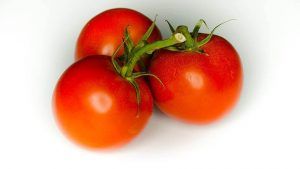 This virus affects the various varieties of tomato plants, which reduce their productivity when the fruits are affected, producing substantial economic losses that also lead to unemployment and ruin.
This virus affects the various varieties of tomato plants, which reduce their productivity when the fruits are affected, producing substantial economic losses that also lead to unemployment and ruin.
Unfortunately, it has managed to spread throughout the world.The tomato mosaic virus (ToMV) acts on a wide range of races that affects the family Solanaceae, Aizoaceae, Amaranthaceae and Chenopodiaceae.
How to combat tomato mosaic virus?
There are ways to prevent any strain of the tomato mosaic virus from affecting the plantations and crops of this species that is so popular on the tables of millions of homes around the world. Let’s see the most important.
- A guarantee of victory against this virus is to acquire varieties of plants resistant to the disease, with the support of a trusted nursery, it is possible to acquire the best young plants.
- The primary focus of contamination is found in plant debris left in the soil and in infected seeds.
- Avoid planting new plants and shoots in soils that have previously been contaminated by some strain of the virus.
- Applying steam sterilization to potting soil is another very good practice and the same method of disinfection should even be applied to utensils, tools and agricultural equipment, containers, pots and other equipment used in typical field tasks.
- The hands of workers and other workers must also be regularly disinfected with a good sanitizing product, in order to prevent the virus from spreading.
- Likewise, the equipment used in regular maintenance pruning, and in the management of shoots, must have prior disinfection guarantees, since it is introduced through the wounds or lesions left by transplants and pruning.
- It is convenient to apply the practice of crop rotation.
However, it is necessary to indicate that a healthy, resistant plant will always be one grown in adequate lighting, humidity and nutrition conditions, away from water stress and negative atmospheric variations.
If it is in balance, then it will be resistant to pests and diseases of all kinds.Prevention with the help of ecological products is also essential. The chemical origin complicates the situation.
What are the best products to eliminate tomato mosaic virus?
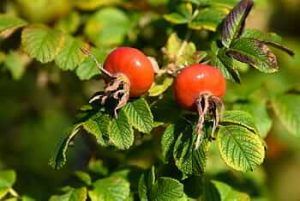 Currently, there is no specific treatment to control and eliminate this powerful virus that can remain alive for years.
Currently, there is no specific treatment to control and eliminate this powerful virus that can remain alive for years.
This means that a plant can be sick with this virus throughout its life. It is then necessary to apply a series of good agricultural practices, which when combined, give excellent results.
There are effective treatments for the disinfection and handling of seeds, such as seed thermotherapy , which consists of the application of dry heat, at about 80ºC for at least 24 hours.
Another treatment for seeds that works if they are not certified is prior disinfection with support of 10% trisodium phosphate for about 15 minutes.
And the same effect is achieved, with a 10% sodium phosphate solution for 15 minutes, and then in another 0.525% sodium hypochlorite solution for 30 more minutes. Then they should be washed with abundant clear water, very clean and without chlorine.

